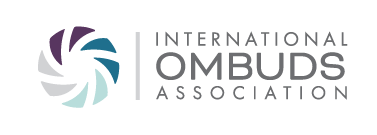By Dave Carver, PhD, Student Ombudsperson, University of Nebraska Medical Center
IOA Board Member
[email protected]
In higher education the start of the fall semester is a time to welcome new and returning students while also taking a fresh look at traditional perspectives. It is in that spirit that I offer a few thoughts on the future of organizational ombudsing.
First, I think we can all agree that our IOA version of the ombuds role is unique, valuable, and worth preserving. There’s nothing quite like it. I would also point out that at least in academia, the ombuds role was practiced effectively long before the IOA and the Standards of Practice (SOP) ever existed. I first came in contact with a university ombudsman as an undergraduate student at Northern Illinois University in the early 1970s. Although the SOP were still unwritten at the time, our campus ombudsman was indeed confidential, impartial, independent, and informal–pretty much as we use those terms today. Was that just a coincidence? I don’t think so because the role was being replicated on campuses across the country.
Those early academic ombuds pioneers fulfilled previously unmet campus needs for informal dispute resolution and fair process advocacy in a somewhat magical, behind the scenes manner. Although I’m not as familiar with the evolution of ombudsing in the corporate world and other organizational sectors, I think the role emerged in a similar way. The original organizational ombuds all came from a multitude of professional disciplines and work backgrounds. There were no sequential degree programs or step-wise career paths required. This was still the case when I became an ombuds in 1996 and remains true today. It is a large part of what makes the ombuds role special to the organizations that we serve.

